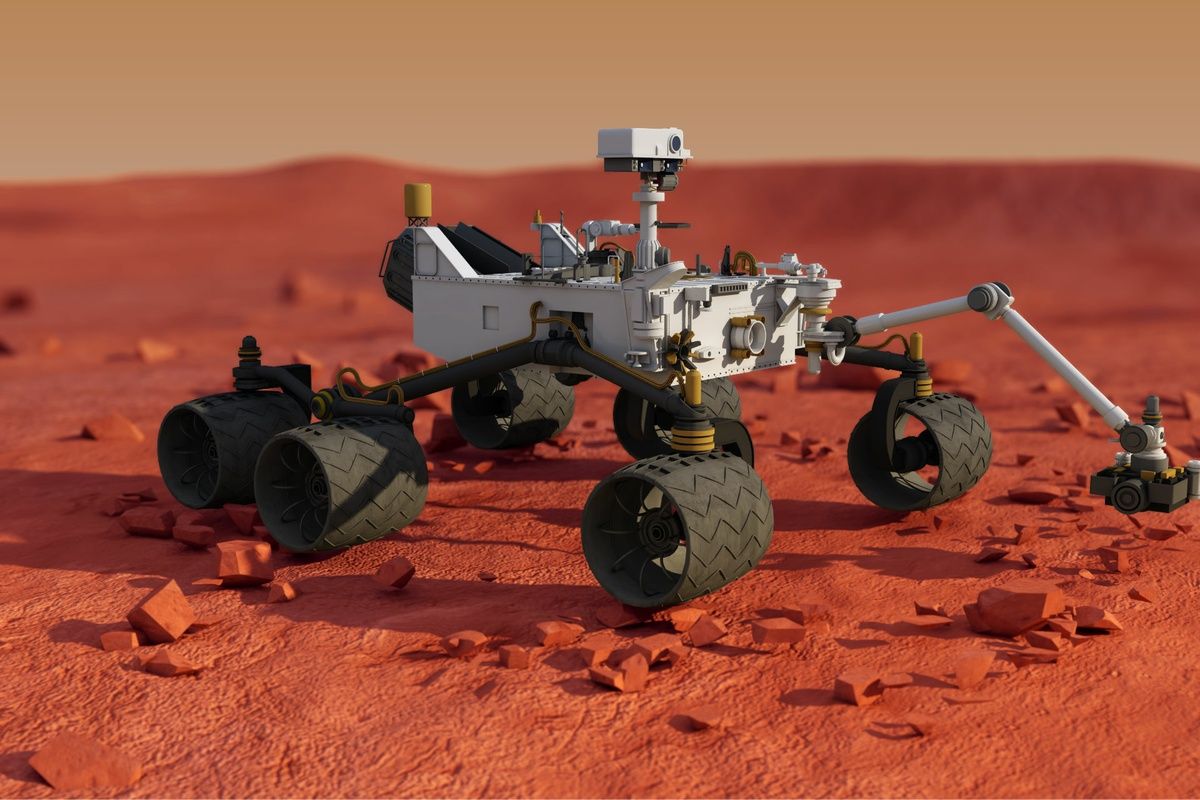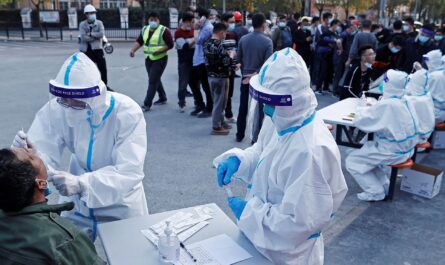The NASA Curiosity Mars rover has been showcasing its versatility lately by capturing stunning footage of a Martian day from dawn to dusk. The rover used its black-and-white Hazard-Avoidance Cameras (Hazcams) to record two videos on November 8th during the 4,002nd Martian day, or sol, of the mission. These videos showcase the shifting shadows cast by the rover as it explores the surface of Mars.
The decision to record these videos was made just before Mars’ solar conjunction, a period when the sun is situated between Earth and Mars. During this time, communication with Mars spacecraft is limited due to plasma from the sun interfering with radio signals. However, periodic health check-ins were performed to ensure the mission’s continuity.
Normally, the Hazcams are used by the rover drivers to identify potential hazards such as rocks or steep slopes. However, for this particular occasion, the Hazcams were used to capture 12 hours of footage with the hope of recording clouds or dust devils that could provide insights into the weather conditions on Mars.
Once the images arrived back on Earth after the conjunction, no significant weather phenomena were observed. However, the 25-frame videos successfully captured the passage of time throughout the Martian day. The first video features images from the front Hazcam, capturing views of Gediz Vallis, a valley situated on Mount Sharp. Curiosity has been gradually ascending the mountain, which stands at an impressive height of 3 miles (5 kilometers), since 2014.
As the sunrise illuminates the sky, the shadow of Curiosity’s 7-foot (2-meter) robotic arm shifts to the left, revealing the front wheels of the rover emerging from darkness. Additionally, a circular calibration target, used to test the accuracy of the Alpha Particle X-ray Spectrometer, becomes visible on the left shoulder of the robotic arm.
At midday, the front Hazcam’s autoexposure algorithm adjusts to an exposure time of around one-third of a second. As night approaches, the exposure time increases to over a minute, resulting in hot pixels, a type of sensor noise that appears as white dots in the final image. The second video showcases the view from the rear Hazcam, capturing the slopes of Mount Sharp and the floor of Gale Crater. The shadow of Curiosity’s power system and the right rear wheel of the rover are also visible. A small black artifact that appears during the 17th frame is the result of a cosmic ray striking the camera sensor, while the bright flashing at the end of the video is caused by the spacecraft’s power system affecting the Hazcam’s image sensor.
To ensure accurate representation, these images have undergone re-projection to correct the wide-angle lenses of the Hazcams. The speckled appearance of the images, particularly in the rear Hazcam video, is due to Mars’ dusty atmosphere settling on the lenses over the course of 11 years.
The footage captured by the Curiosity rover provides a unique perspective on a Martian day and adds to our understanding of the weather patterns and geological features of the Red Planet. As the rover continues its exploration of Mount Sharp, scientists eagerly await more exciting discoveries and insights from Curiosity’s remarkable journey on Mars.



